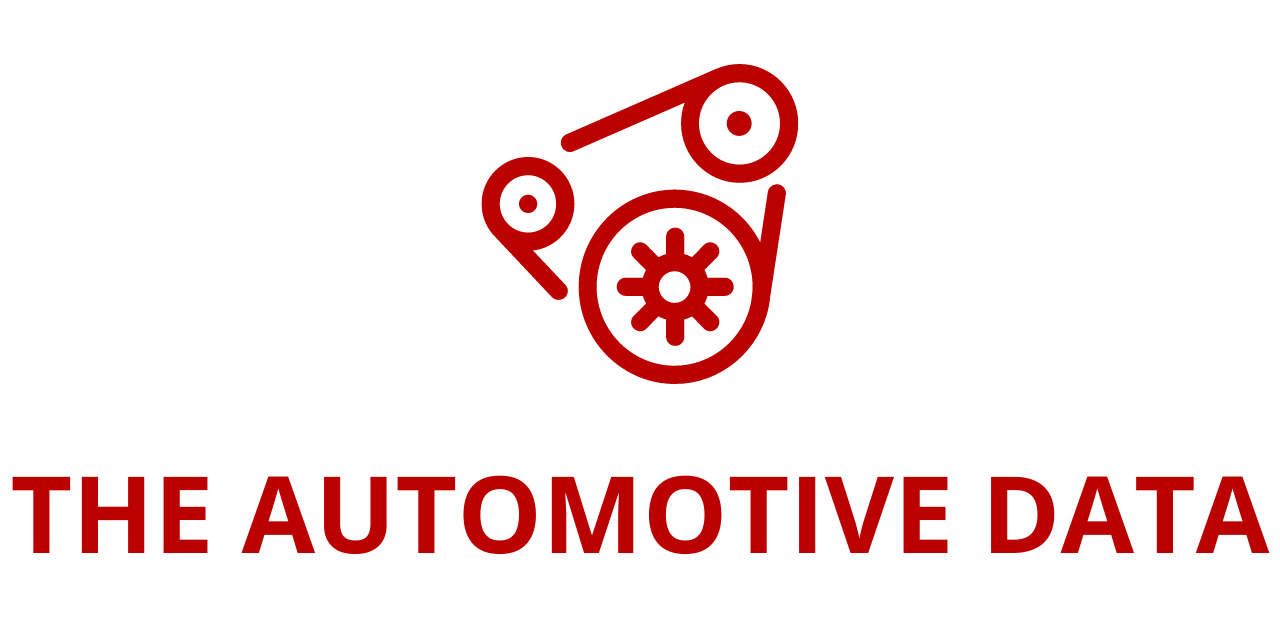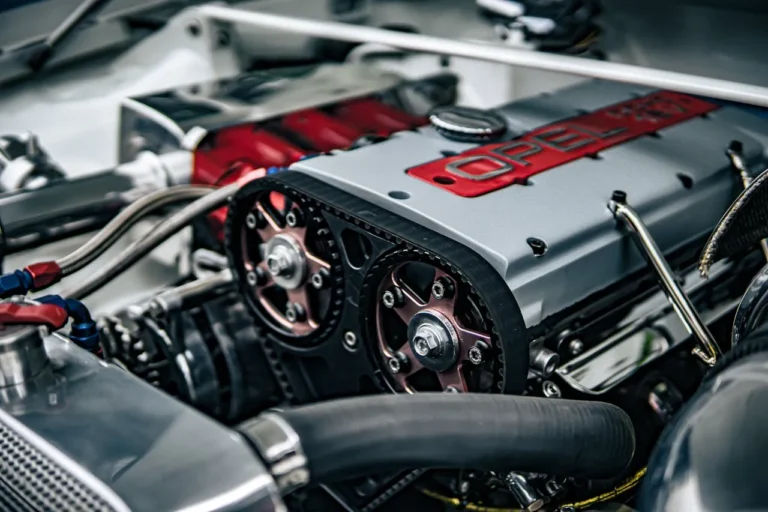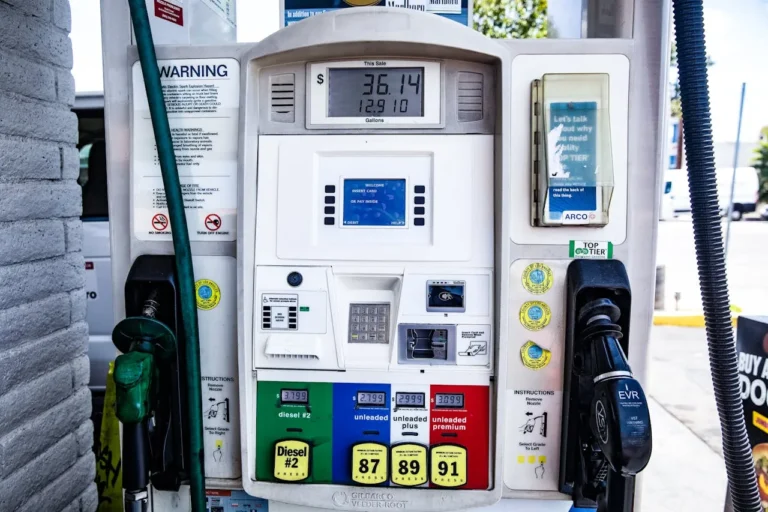
The globule-hailing request is projected to grow at a CAGR of22.84 toUS$212.139 billion in 2028 fromUS$50.271 billion in 2021.
The growing business traffic in countries has negatively impacted the scale of retaining private vehicles, accelerating the demand and operation ofe-haling services. also, the swell in internet penetration coupled with the growing technological advancements has further propelled the request growth. According to the Internet World Stats, in December 2022, the number of Internet druggies encyclopedically stood at 5,544 million, which represented an increase of9.7 compared to the 2020 figure for the same month.
also, the advanced client convenience and easy mobility options handed throughe-hailing have made mobility companies expand their services through investments and launches. For case, in March 2023, Godugo launched its lift- hailing app for women in Kerela, covering 14 sections in the state. The app included features similar as transferring automatic announcements to passengers’ phones and Godugo’s monitoring system if the motorist deviates from the route. also, in May 2021, OLA launched its” OLA EV” lift- haling in London, which would allow riders to bespeak electric vehicle rides specifically.
Growing business traffic is driving the request growth.
The growing number of vehicles on the road, indecorous public transport vacuity, and poor driving habits are common causes of business traffic. Growing population coupled with rapid-fire urbanization are anticipated to further increase the scale of business traffic, especially in major countries similar as USA, India, and China. According to India’s Ministry of Road and Transport 2022- 2023 periodic report, the total number of listed vehicles in India stood at 326 million in 2020, representing an increase of10.5 over 2019. E-haling enables passengers to travel from their homes to workplaces andvice-versa at a much lower rate and high convenience, owing to which the need to use particular transport for traveling is anticipated to witness slow growth, thereby reducing the overall number of private vehicles on the road leading to a reduction in business traffic.
The North Americane-hailing request is estimated to grow fleetly due to the adding consumer relinquishment of lift- hailing services and the expansion of platforms across metropolises and regions.
By terrain, thee-hailing request is segmented as North America, South America, Europe, the Middle East and Africa, and the Asia Pacific. The US is one of the world’s largest machine requests, and as similar, the expansion of the automotive assiduity is anticipated to boost the growth of the HMI request in the country. Further, the United States holds the largest share of this request, propelled by the rising fashionability of lift- hailing services, expanding content across metropolises, and nonstop technological advancements. The competitive nature of the USe-hailing request has led companies to offer competitive pricing, elevations, and abatements, attracting further consumers. still, similar strategies can be expensive fore-hailing companies as they strive to gain request share and maintain profitability. In December 2020, New York blazoned a airman program to allowe-hail vehicles to charge passengers grounded on time rather than distance, aiming to attack traffic and ameliorate effectiveness.
Market Developments
Uber blazoned in February 2021 that it plans to transition its line of lift- hail vehicles in North America to be completely electric by 2030. The company also set a thing of being a zero- emigrations platform by 2040.







